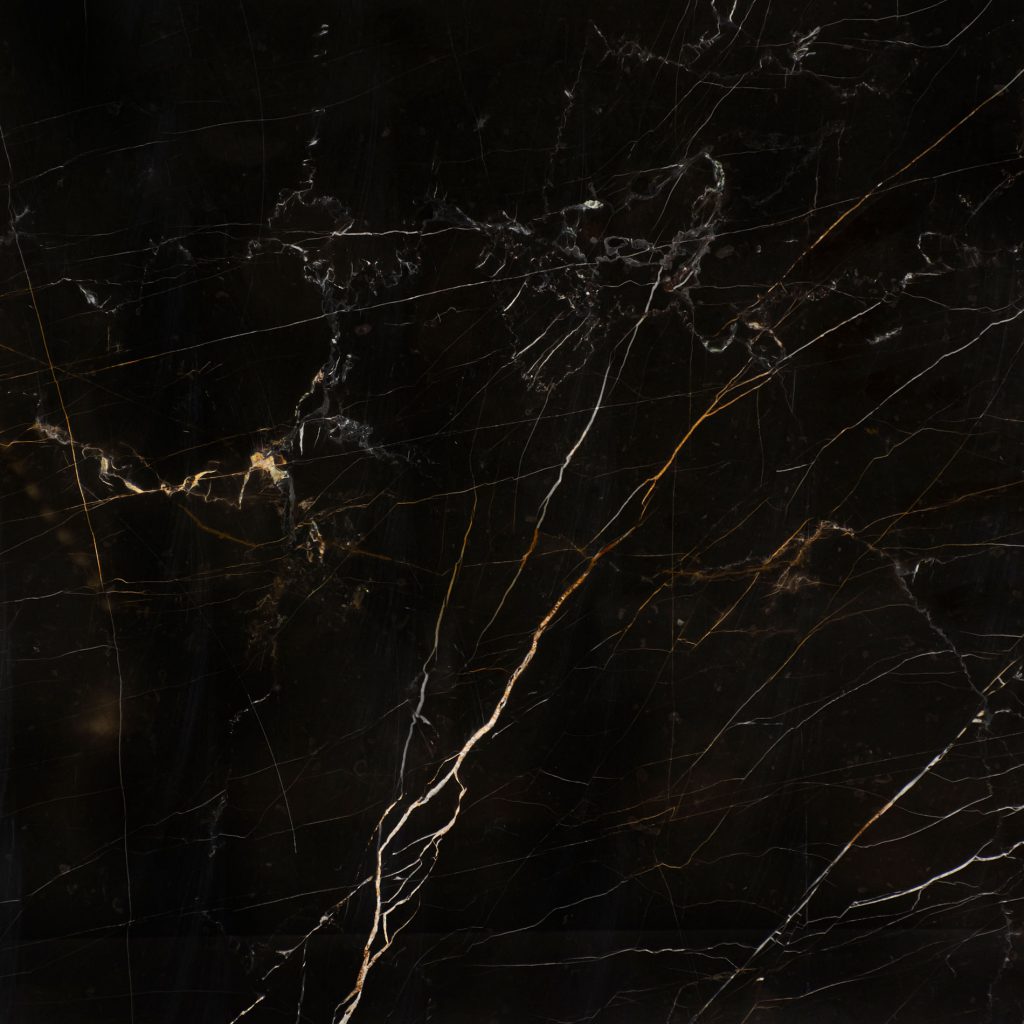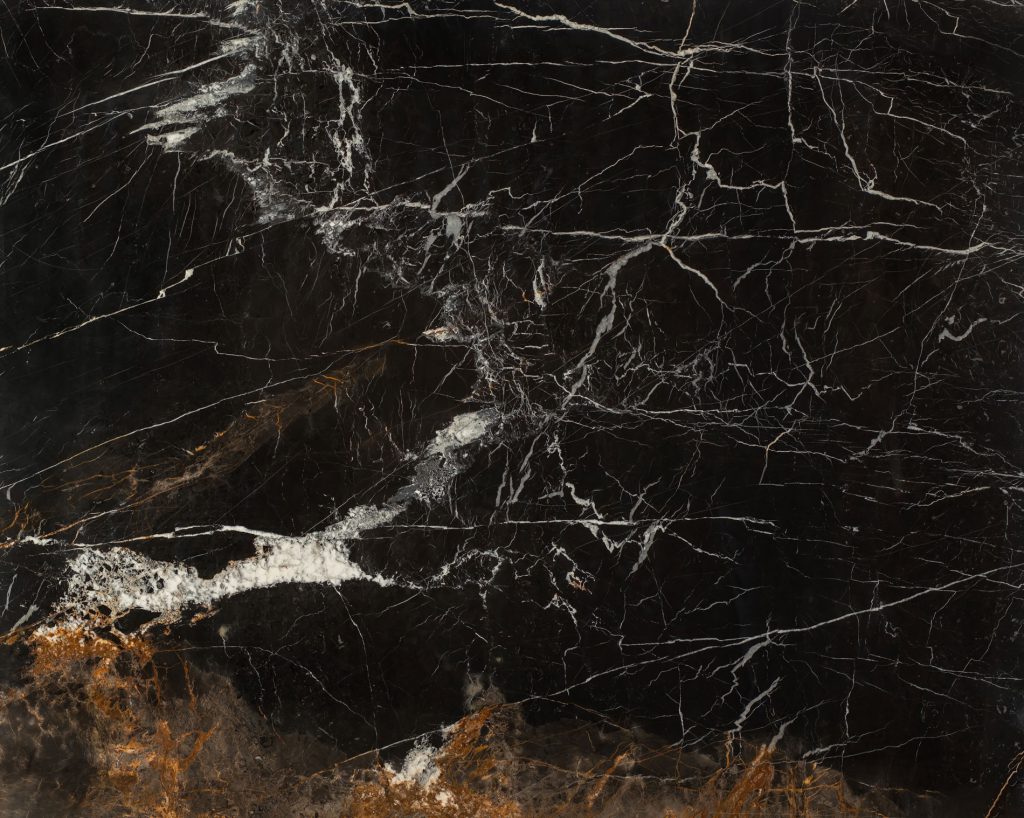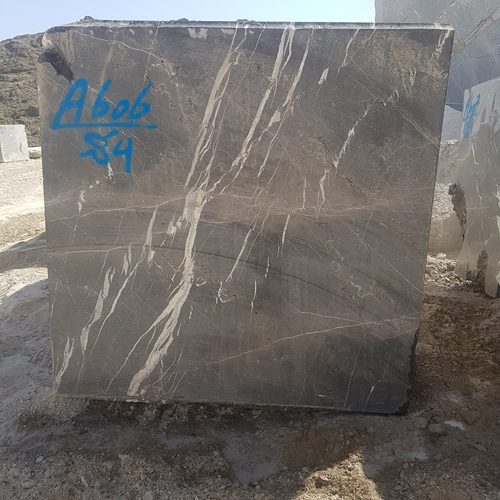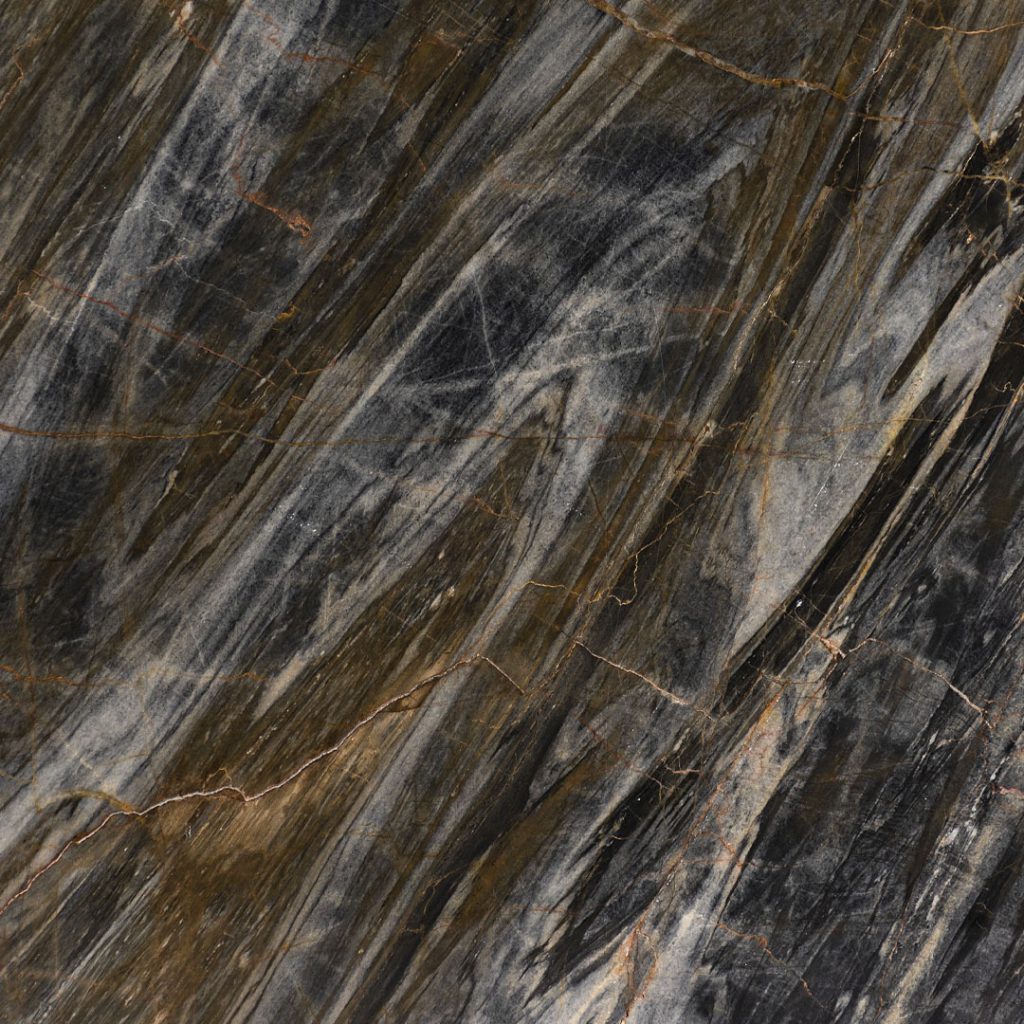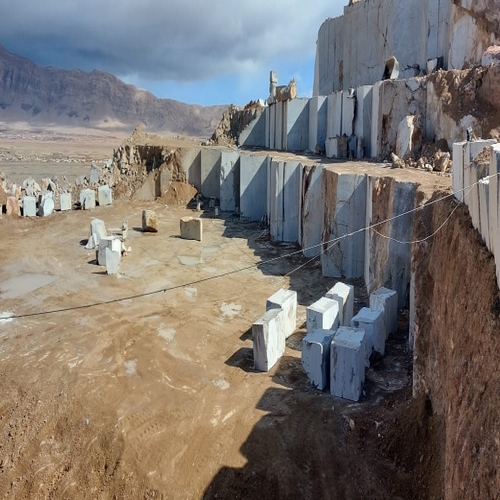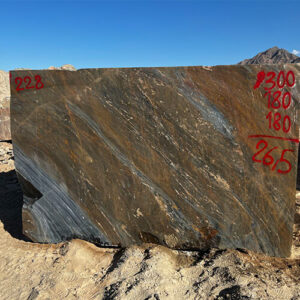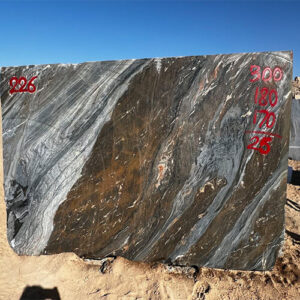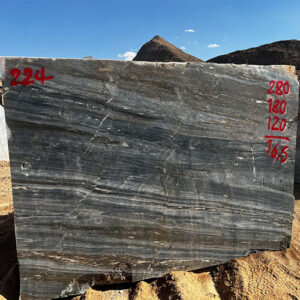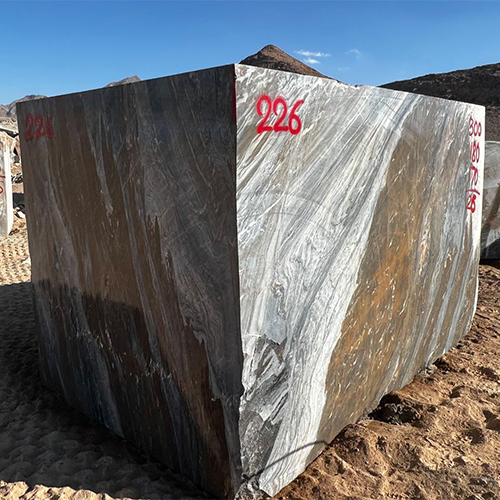Natural Marble Stone
Introduction
Natural Marble stone is a beautiful and natural material and has been used for many years. Natural marble stone is a kind of metamorphic stone; This rock occurs when limestone is exposed to extreme heat and pressure. Natural marble stone has a variety of appearances and colors. This stone is extracted from caves and mine. Natural marble stone is very well known to humans. This stone is several thousand years old and every day marble artifacts are discovered from ancient societies. Natural marble stone is very durable and attractive. This stone can be resistant to various damages and maintain its appearance well.
In the following text, we will give more details about this stone.
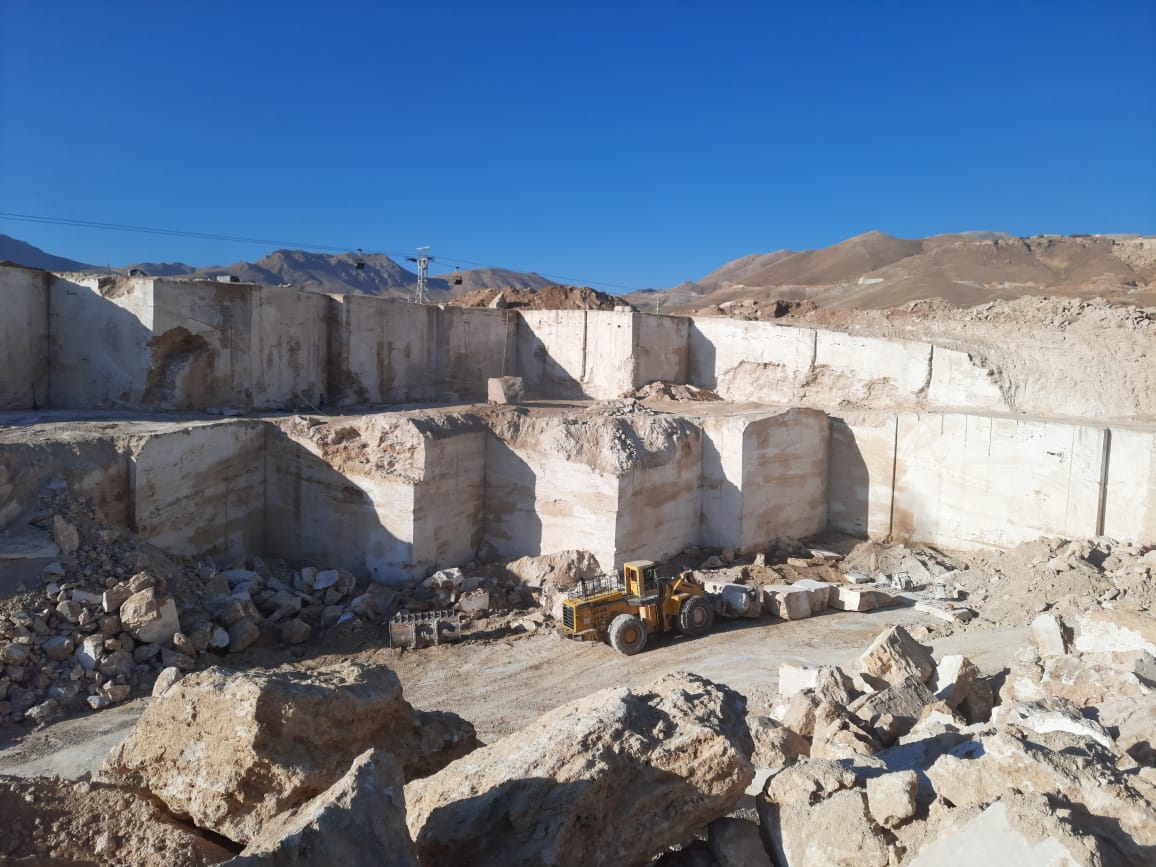
Natural Black Marble Stone
Natural black Marble is a natural stone that forms underground. For this reason, we can classify this stone as a metamorphic stone. This means that over time, the layers of limestone and calcium carbonate are exposed to heat and pressure, and this creates the beautiful rock pieces that we use to build your dream project. Spinning and black and white colors throughout the rock are made of mineral sediments such as clay, silt, sand, iron oxides or chert.
Finally, the rock is extracted from the ground in large pieces.
natural black Marble plays an important role in many aspects of our daily lives when limestone is under great pressure over time. natural Marble stone is classified as a metamorphic stone. This rock is a combination of recrystallized carbonate minerals. It is very common to see light shades in natural marble stone. Although there are some forms of darker shades of natural black marble but the most sought after and therefore expensive natural marble stone is completely white or very light color in shade.
How is marble made?
The raw material of natural marble stone is limestone. Limestone is formed when calcium carbonate precipitates in water. Natural marble stone is formed when limestone undergoes transformation. This usually occurs at the boundary of a converging tectonic plate. But when hot magma heats limestone or dolomite, some marble forms. Heat or pressure causes calcite to recrystallize in the rock and change its texture. Over time, the crystals grow and attach to each other, eventually giving the stone a beautiful, shiny appearance. Other minerals in marble also change during this metamorphosis. For example, clay crystallizes to form mica and other silicates.
Marble mines
Most natural marble stone deposits are crushed into smaller stones. Crushed marble is used as an aggregate on highways, railway tracks, foundations and other objects. Processed marble needs to be cut into special pieces and dimensions. These natural marble stones will be used in monuments, buildings, sculptures and other art projects. When a very clear sample of white marble is found, it is usually used as a bleaching agent. In the production of paints, whitewashes, putties, plastics, slurries, cosmetics and paper, some marble powder has been used as a bleaching agent.
Water absorption and marble density
- Water absorption: 0/17
- Density: 2/65 g/cm3
Marble applications
Among different types of stones, marble is the most used. The main use of natural marble stone is in architecture and sculpture. But this stone is also used in various industries due to its chemical properties.
Marble types
Marble is made of limestone with the help of heat and pressure in the earth’s crust. These conditions change the texture and arrangement of limestone. This process is called recrystallization. The fossilized material in limestone, together with its main carbonate minerals, recrystallizes to form large, coarse-grained calcite. Impurities in limestone, during recrystallization, affect the mineral composition of the formed marble. At relatively low temperatures, the silica impurities in carbonate minerals form masses of chert or quartz crystals. At higher temperatures, silica reacts with carbonates to produce diopside and forsterite at very high temperatures. Rare calcium ores such as larnite, constellate and rankinite are formed in natural marble stone. In the presence of water, serpentine, talc and some other hydrous minerals may also be produced. The presence of iron, alumina and silica may also lead to the formation of hematite and magnetite.
Minerals from impurities give marble a variety of colors, but the purest marble is white calcite.
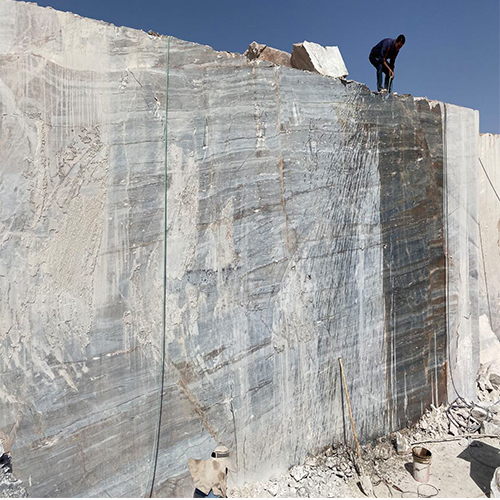
Natural White marble
Pure white marble is the result of the transformation of very pure limestone. The rotations and streaks in marble are due to the presence of primary impurities such as clay, silt, sand, iron oxide or nap in the primary limestone. White marble with a clean and natural appearance is suitable for any application. This is why many businesses and homeowners prefer the color. Engraving on marble creates white spots by wear and tear over time. That’s why this natural marble stone is great for hiding a lot of the damage it does. White marble is very flexible and stunning. This is why many homeowners prefer its color for kitchen applications such as kitchen tables.
Black marble
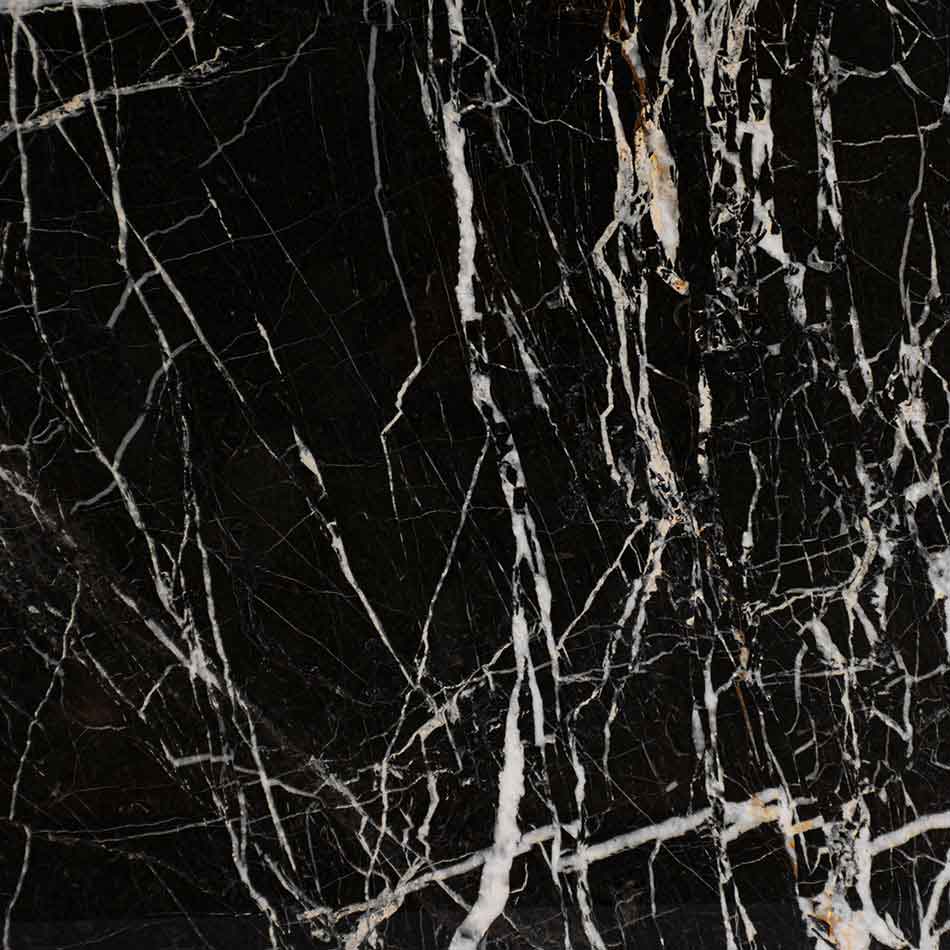
Black marble is similar in elegance to white marble. But it offers a modern and different aesthetic and that is why many homeowners and businesses are looking to achieve it. Black marble brings a beautiful design due to the white or gold streaks that are used in it.
Green marble
Green marble is often due to the presence of serpentine from high magnesium limestone or dolostone with silica impurities. These various impurities have undergone metamorphosis and recrystallization under extreme pressure and heat. Primary impurities such as clay, silt, sand, iron oxides or chert, which were originally present as grains or layers in limestone, are also present in green marble.
Green marble is often due to the presence of serpentine from high magnesium limestone or dolostone with silica impurities. These various impurities have undergone metamorphosis and recrystallization under extreme pressure and heat
Marble colors
Marble is a metamorphic rock that occurs when limestone is subjected to high pressure or heat. Marble is white in its pure form and has a crystalline appearance and is composed of calcium carbonate. Natural marble stone usually contains other minerals such as quartz, graphite, pyrite and iron oxides. These minerals can give marble a pink, brown, gray, green or colorful color.
Natural marble stone is a metamorphic stone. That is, the rock forms where the boundaries of the converging plates are subject to regional metamorphism. During metamorphism, certain calcite from limestone sediments recrystallizes by changing the texture of the rock. The crystals start very small and at first only a small spot is visible. After that, the crystals continue to grow, until the larger, more intertwined calcite crystals are clearly visible.
This process hides any previous fossil or sedimentary structure that the limestone previously had.
Upon completion of the process, a shiny, crystalline stone appears, thus clearly distinguishing natural marble stone from ordinary limestone.

Buy marble from Kalhor Stone site
Now that you are familiar with the types of natural marble stone, go to the Kalhor Stone website to buy different types of natural marble stone. In this website, there are marbles with different colors and designs, and you can buy your favorite natural marble stone from this website.

